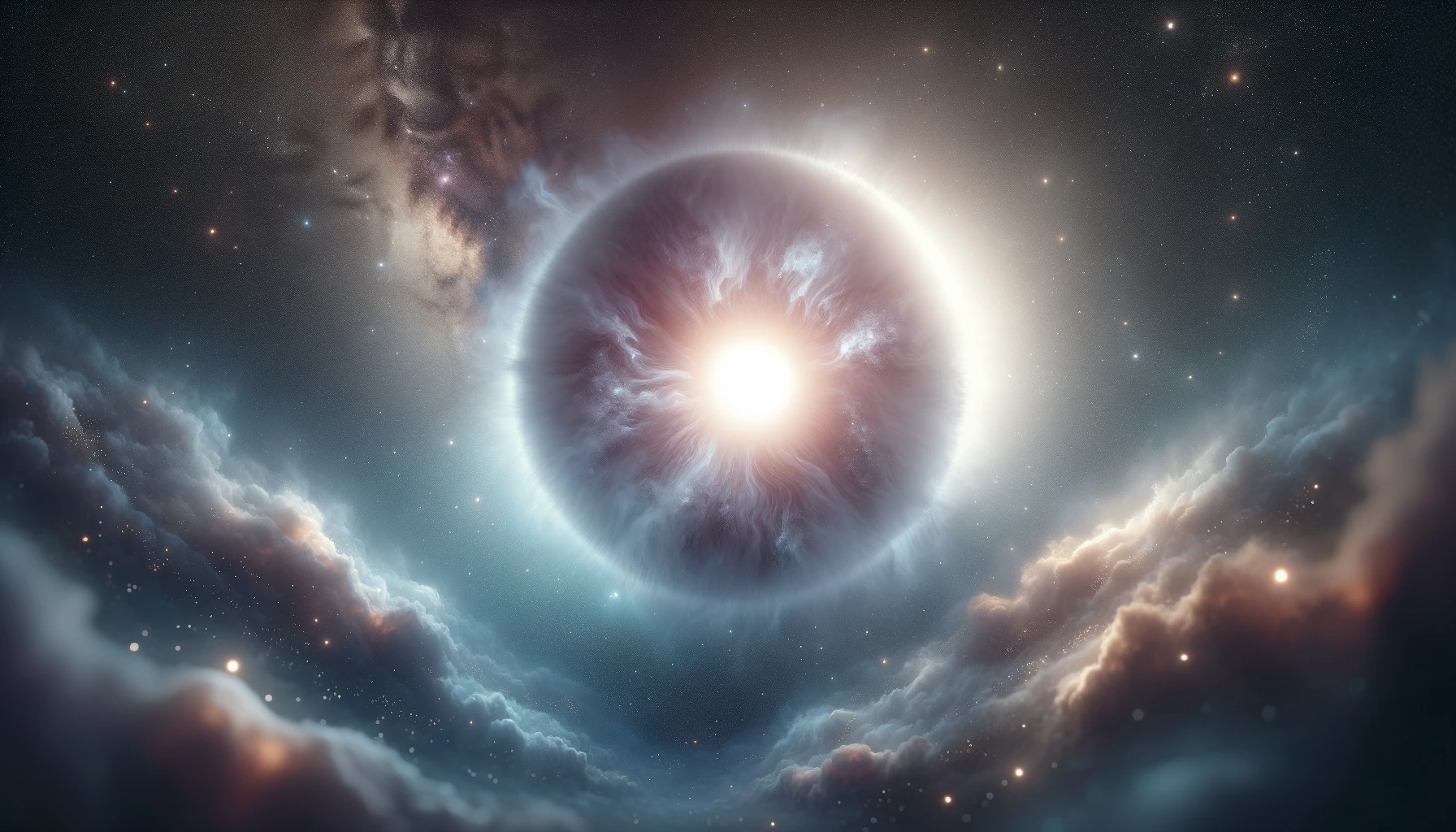New evidence challenges stellar death theory
Do some stars die without a bang?

For decades, astronomers have envisioned the death of massive stars as spectacularly powerful supernova explosions. Interestingly, in recent years, there have been many observations of stars that inexplicably disappear. Now, a new research published in the journal Physical Review Letter presents the most compelling evidence to date that giant stars can succumb with far more stealth and discretion than supernovae.
The research suggests that when a star is massive enough, its gravity becomes so potent that no explosion takes place upon its death. Instead, the star undergoes a "complete collapse," quietly vanishing into the void.
The findings explain a mysterious phenomenon, whereby stars suddenly vanish from the night sky.
What prompted this discovery?
The researchers analyzed a peculiar binary star system called VFTS 243, located in the dwarf galaxy Large Magellanic Cloud in the periphery of the Milky Way. A black hole roughly ten times the Sun's mass peacefully orbits a massive star in this system.
Intriguingly, the system has no telltale signs of a past supernova. There's no significant "natal kick" - acceleration of objects due to the explosion - and the system maintains a near-perfect circular orbit. Moreover, the remaining energy signature from the star's core collapse points towards a complete collapse scenario.
Generally, the researchers found evidence of a supernova event minor and unconvincing. The system does not show sign of a significant “natal kick”, an acceleration of the orbiting objects. It is also very symmetrical, almost perfectly circular in it’s orbit, and remaining signs from the energy release during the core collapse of the former star points to a type of energy consistent with complete collapse.
"Our analysis unequivocally points to the fact that the black hole in VFTS 243 was most likely formed immediately, with the energy mainly being lost via neutrinos," says Professor Irene Tamborra from the University of Copenhagen's Niels Bohr Institute, who also participated in the study. She expects that the star system will be important for studying stellar evolution and collapse.
The discovery not only challenges the conventional view of stellar death but also opens exciting avenues for future research.
- READ MORE ON:
- stars sudden disappearance
- binary system VFTS 24










